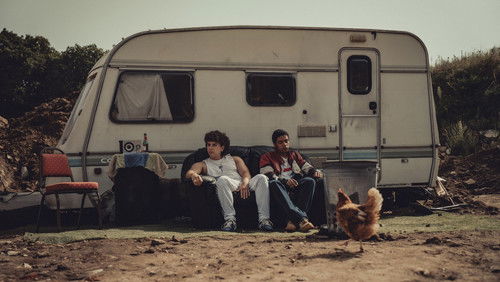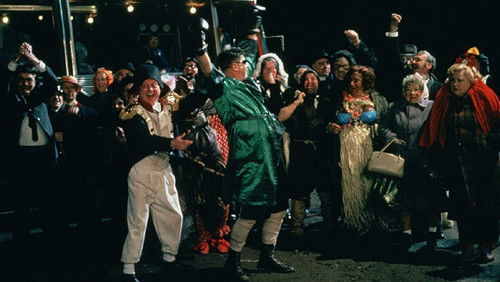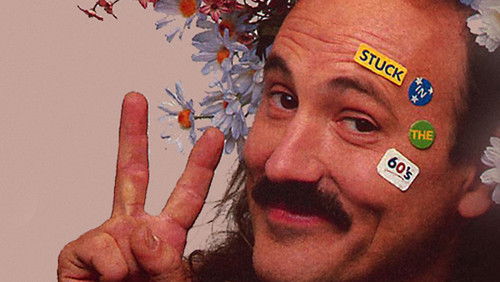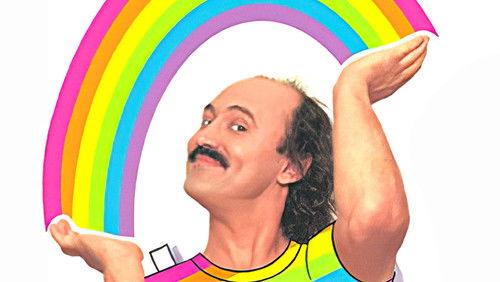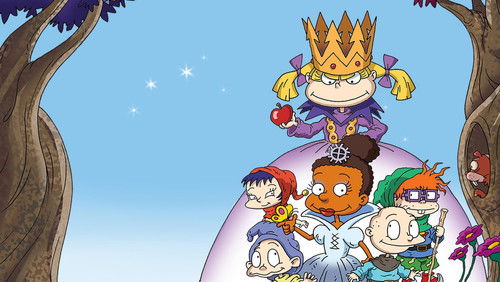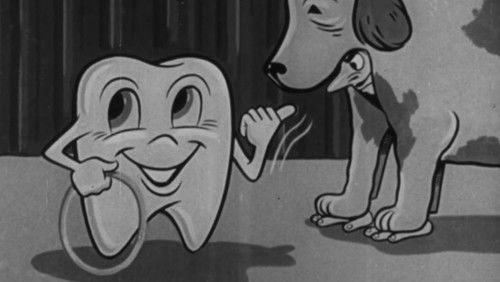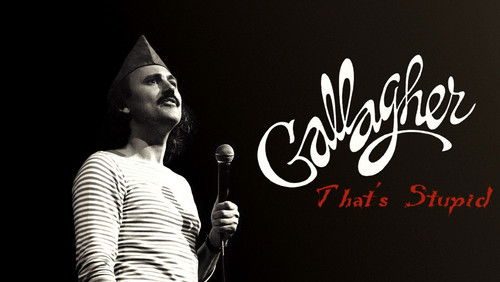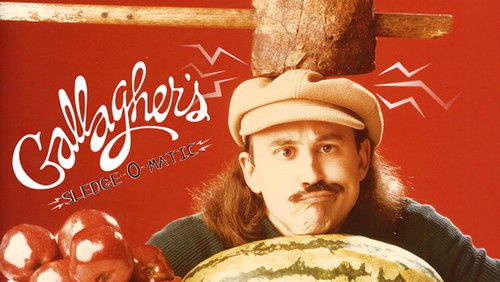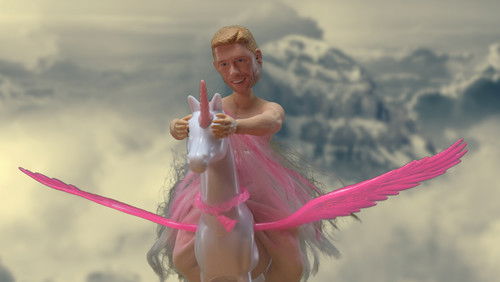Der General (1926)
13KDer General: Directed by Clyde Bruckman, Buster Keaton. With Marion Mack, Glen Cavender, Jim Farley, Frederick Vroom. When Union spies steal an engineer’s beloved locomotive, he pursues it single-handedly and straight through enemy lines.
“Iu0026#39;ve seen one other silent movie in my life, but it was Mel Brooksu0026#39;s The Silent Movie so I donu0026#39;t know if it really counts. I really enjoyed The General overall, more than I thought I would as someone who was born after The Godfather.u003cbr/u003eu003cbr/u003eThe main thing that surprised me was the fact that I couldnu0026#39;t look down to write very many notes; any time I took my eyes off the screen I ran a serious risk of missing something. It seems to me that the film, even though it was long (or seemed so), it was very dense in terms of action. I imagine that since the movie has no dialogue, the filmmakers must make up for it by making it as visually interesting and entertaining as possible. I am accustomed to more modern movies with snappy dialogue and special effects and such-movies in which you can look down at your popcorn or kiss your date and not miss too much because you can hear pretty much whatu0026#39;s happening. This was a nice change for me.u003cbr/u003eu003cbr/u003eObviously, Iu0026#39;ve never seen a Buster Keaton film, and Iu0026#39;m not even sure if Iu0026#39;d heard of him before this class. But I can see why he is so appealing in his films. I loved his facial expressions, particularly the stoic-but-crestfallen look in his eyes on the train when something else goes wrong. He also has great control of his body, as we discussed in class, and a fine sense of comic timing.u003cbr/u003eu003cbr/u003eI found the film surprisingly funny. Many modern films that I think are funny (e.g. Austin Powers, Toy Story, American Beauty) rely largely on witty or outrageous dialogue for their humor. As a silent film, The General must rely mainly on images for its humor-the slapstick images of Johnnie falling over constantly, the unusual image of Johnnie riding up and down on the crossbar between the train wheels, the stereotype exploitation in the scene when the girl sweeps out the locomotive. Iu0026#39;m sure that some of the things that I considered amusing might not have been considered funny by the original audience, such as the record-scratch lightning bolts.u003cbr/u003eu003cbr/u003enI really liked some of the cinematic techniques and blocking that Keaton used. One of my favorite scenes in the entire film is when Johnnie is chopping wood on the train while the Southern army retreats in the opposite direction in the background. Even though the `realu0026#39; army is pulling back, the one they didnu0026#39;t want is rushing into enemy territory. Itu0026#39;s a nice integration of plot and character commentary. I also liked the way he kept cutting back and forth between the Yankees on their trains and Johnnie on his, at first the pursuer, then the pursuee. By continually showing us what both sides are doing, Keaton builds the tension between them, adds to the comic effect, and keeps the audience interested by always giving them something different to look at. This montage technique is used in nearly all action films and many comedy films today.u003cbr/u003eu003cbr/u003eI did not realize that the rain and fire sound effects were added in later. I think they are interesting, and I can see why someone put them in, but I think I would prefer that the film be left the way it was originally shown. Or at least they should take out the chirping birds. Some people complained about the repetitiveness of the music, but I found the music quaint and very much in the character of the movie. It was as if each person or group had its own theme music, perhaps to make up for the lack of dialogue. The use of the `Beautiful Dreameru0026#39; love theme reminds me of the `Dreamweaveru0026#39; love theme in Wayneu0026#39;s World that plays when Garth sees the blonde woman.u003cbr/u003eu003cbr/u003eAlthough the battle scene was interesting, I agreed with much of the class that the movie could have ended earlier. The movie seemed to change a bit once the entire army got involved and the focus left Johnnie for a time. Perhaps they could have ended the battle scene with the Southern army lying in wait for the enemy, and then cut to a later scene in which Johnnie receives an honorary enlistment so he can get the girl. But hey, then Keaton wouldnu0026#39;t have gotten to play with the bridge fire and the dam; maybe audiences then werenu0026#39;t so different from us, and would prefer an exciting ending for a movie like this over a more subdued one. But I still think it changed the character of the movie and should have been changed somehow.u003cbr/u003eu003cbr/u003eOverall I give it a 9/10. If youu0026#39;ve never seen a silent movie, this is a great one to start with.”
